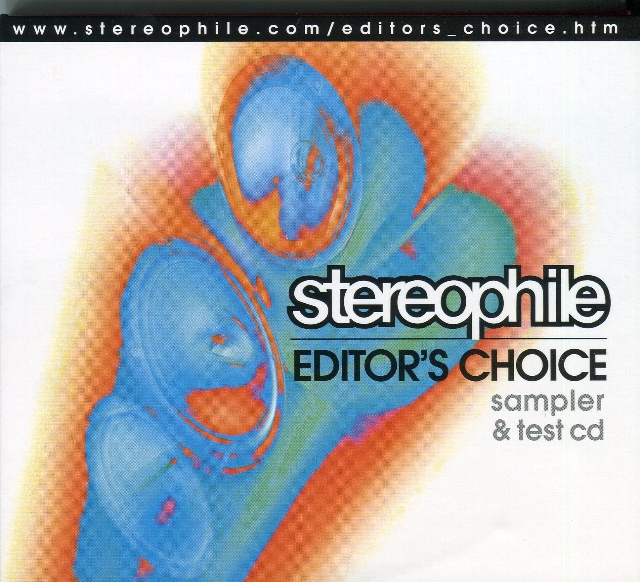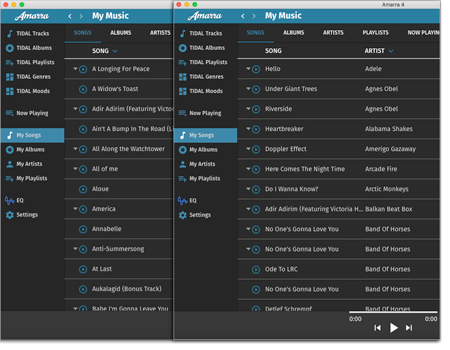

Amarra review stereophile full#
In fact, if you were one of the few people who were lucky enough to hear the full Daniel Hertz system, anchored by the gloriously expensive M1 loudspeaker ($100,000) over at the Bellagio, you know that he is still very much committed to the highest of the high-end. Don’t get me wrong, I’m not saying that Levinson is shifting towards becoming a maven of mid-fi stereo systems. Either way, Levinson could be on the verge of shifting the dynamics of the audio industry once again, accept this time he’s inviting everyone to the party, regardless of socio-economic stature. The demo was brief but long enough for me to begin wondering what type of effect this technology might have on my system and in fact, the audio industry as a whole.

Simply put the Might圜at technology made the unlistenable, listenable. But most incredibly, there was bass! Not deep bass, mind you, but certainly more bass than I would have thought possible. Suddenly, these speakers had a little soundstage with front-to-back depth and space, and there was even a surprising amount of image specificity. It was as if the little Logitechs had been “…belted by gamma rays” and turned into the Incredible Hulk. My initial reaction was of stunned disbelief. The result.? It’s been a week since hearing this demo, and frankly, I am still struggling to explain what I heard. But then he played the same music on the same speakers but now with the Might圜at IC installed. Instead, Levinson began playing music through the Logitechs in their basic form and they sounded like… crappy little computer speakers.

In fact, the M7s weren’t even played during the demo when I was there. Now let’s not be silly, this was not a demonstration of how close the little Logitechs could get to the sound of the M7s. So how did the demo go you ask? Well, perched atop a pair of Levinson’s own $25,000 Daniel Hertz M7 loudspeakers (Daniel Hertz is Levinson’s new Neuchâtel, Switzerland based audio company) was a pair of tiny Logitech computer speakers. The demonstration was of an integrated circuit technology developed by Levinson called the “Might圜at.” The Might圜at IC technology was designed for the audio component manufacturing industry as a way to maximize the performance of audio components, bringing less expensive components to a higher level of performance and bring audiophile quality music reproduction to the vast majority of music lovers and not only the well heeled. Levinson is a consultant for a company called Intersil D2Audio (a division of Intersil Corporation).

When Doug and I were urged to go to the 34th floor to hear a demonstration being given by none other than audio icon Mark Levinson (left). I was walking the halls of the Venetian Hotel, where most of the high-end audio exhibits were, with Doug White, the owner of The Voice That Is, a high-end shop located in Newtown Square, PA. I’m starting off this year’s report by telling you about the most memorable experience I had during the week because it actually sets the stage for what I thought about a lot of what I saw at this year’s Consumer Electronic Show (CES) and The Home Entertainment Show (T.H.E.


 0 kommentar(er)
0 kommentar(er)
